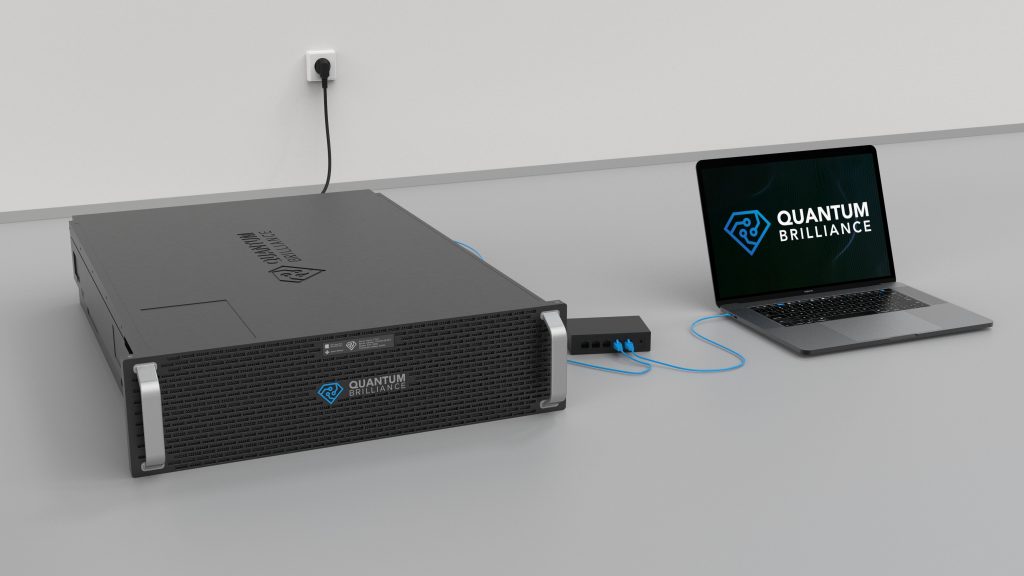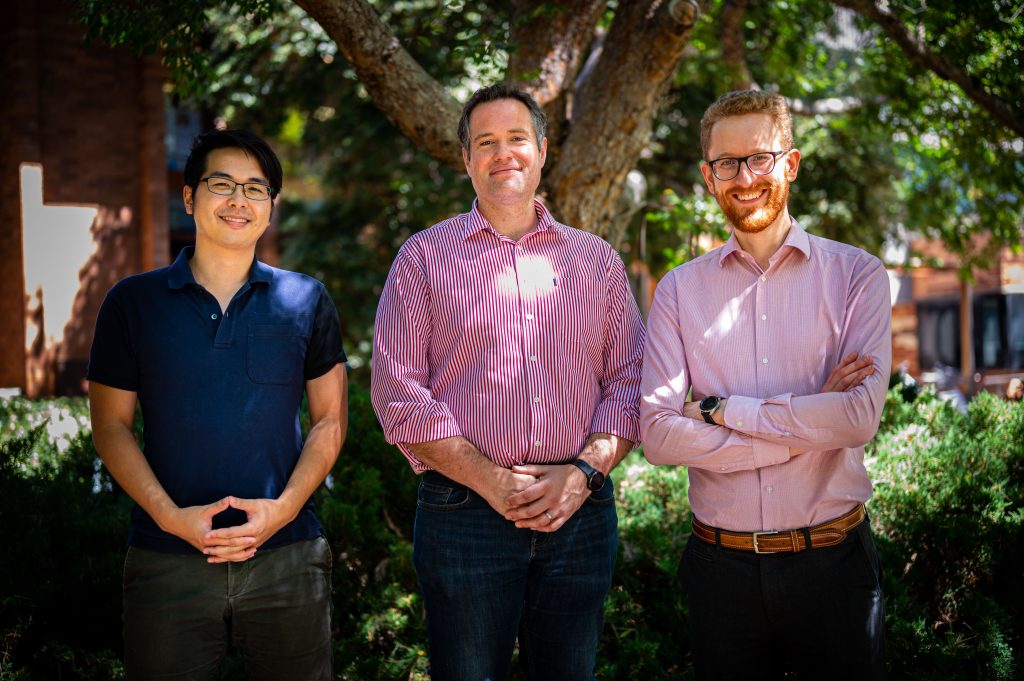©2021 Reporters Post24. All Rights Reserved.
A quantum computer small enough to sit on your desk — or be embedded in a satellite, car or even a mobile phone — is no longer a pipe dream. The first such machines are actually starting to be delivered to early customers, thanks to advances in qubits created using synthetic diamonds.
“Most quantum computers are giant mainframes; these will eventually be small enough to be embedded in mobile devices.”
The technology received a vote of confidence from investors today, as 2 -year-old stealth startup Quantum Brilliance raised a nearly $10m seed funding round from a consortium of investors led by Main Sequence Ventures and the founders of QxBranch, the Australian quantum services company acquired by Rigetti.
The funding will speed the commercialisation of the technology, which Andrew Horsley, CEO of the Australian-German startup, says could dramatically change the way quantum computing can be used.
“It is simplifying the quantum computer and turning it into something that can sit in an ordinary server rack next to classical computers. Most quantum computers are giant mainframes; these will eventually be small enough to be embedded in mobile devices,” Horsley told Sifted. “The miniaturisation potential is huge.”
So is the volume of quantum computers that could be created using this technique.
“We are thinking about volumes in millions.”
“We are thinking about volumes in millions, not the thousands that people talk about with quantum computers based on superconducting,” said Marcus Doherty, chief science officer.
Quantum Brilliance delivered its first system to the Pawsey Supercomputing Centre in Australia earlier this year and is beginning to ship to other commercial customers.
Room-temperature quantum computers
Quantum Brilliance is developing quantum computers based on synthetic diamonds, which don’t need temperatures close to absolute zero or complex laser systems to operate. It is in stark contrast to the superconducting quantum systems developed by big companies like Google, IBM and Rigetti which need large and energy-hungry cooling systems to keep them at a temperature colder than interstellar space.
Trapped ion computing systems, such as those created by Honeywell and IonQ, have the potential to be smaller, but even the smallest such computer, unveiled by a research team from the University of Innsbruck this summer, was the size of two server racks.

In contrast, Quantum Brilliance’s system is the size of a lunchbox.
The quality of diamond-based qubits is somewhere between that of superconducting qubits and trapped-ion qubits.
“It is middle of the pack for performance,” Doherty told Sifted. The gate speeds are slower than for superconducting qubits, but faster than trapped ions. The coherence of the diamond qubits is lower than those of trapped ions. The big advantage, however, is being able to run at room temperature.
The Quantum Brilliance quantum accelerators have only two qubits at the moment, paltry compared to the 72-qubit systems that Google has developed. Horsley said, however, that the company can reach 50 qubits by 2025.
How it works
Diamond-based qubits are created using diamonds with a specific defect — one carbon atom of the diamond lattice is replaced by a nitrogen atom, with a gap left next to it. The gap, or vacancy, becomes negatively charged and behaves like a trapped ion. This can be manipulated into a qubit when lit with a green laser. (Synthetic diamonds are being developed for various high-tech purposes like this.)
Diamond-based qubits were a leading idea in quantum computing until around 2014, says Doherty, but progress halted because it proved hard to create synthetic diamonds with enough precision to make the system workable. The Quantum Brilliance cofounders’ breakthrough was developing a novel fabrication technique that allows greater precision. The startup buys synthetic diamonds from Element Six, the synthetic diamond manufacturer, part of the De Beers Group, and then carries out the final part of the fabrication process in house.

Quantum Brilliance was spun out from the Australian National University in 2019 and only recently emerged from stealth mode. It now has 25 staff and is actively hiring for 20 more roles. The startup is aiming to grow to more than 100 staff in the next year, half of which will be based in Germany.
The company is in the process of establishing an office in Germany, in part to capitalise on the €2bn in funding that the German government has pledged for the quantum computing sector, and also to take advantage of a skilled workforce
“Germany has one of the highest densities of diamond quantum research groups, and also expertise in precision manufacturing,” said Horsley. Big car manufacturers, which are expected to be some of the first quantum computing customers, are also clustered in the region.
Is this the end of other types of quantum computer?
Will room-temperature quantum computing completely eclipse the other, bulkier approaches like superconducting? Not immediately, says Doherty.
“Over time some technologies will fade out. The ultimate endpoint for us is to be the quantum computer for everything.”
“The future is heterogeneous — the idea of a single computer that can do everything is gone,” he said. Quantum computers, especially when they still have just a few qubits, are likely to be heavily tailored to solving one particular problem. Speedier quantum computers — for example, superconducting systems — may be used for one type of problem, while diamond-based ones are used for another.
Calculations involving a single, complex molecule, for example, may be more appropriate to crunch on a mainframe in a lab. But a network of smaller diamond-based machines, processing in parallel, could be better at calculating how systems of small molecules all interact with each other.
Over time as qubit counts go up, however, Doherty is expecting the quantum computing mix to shift in favour of diamonds. “Over time some technologies will fade out. The ultimate endpoint for us is to be the quantum computer for everything.”
Source: https://sifted.eu


